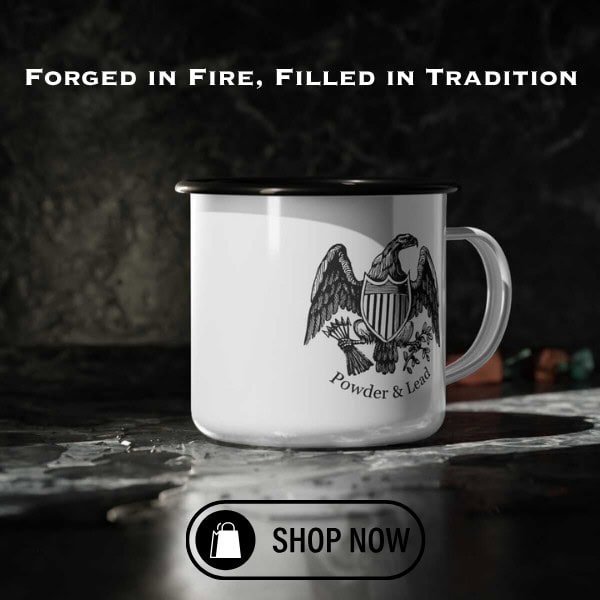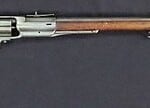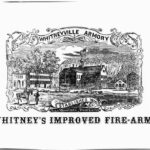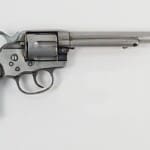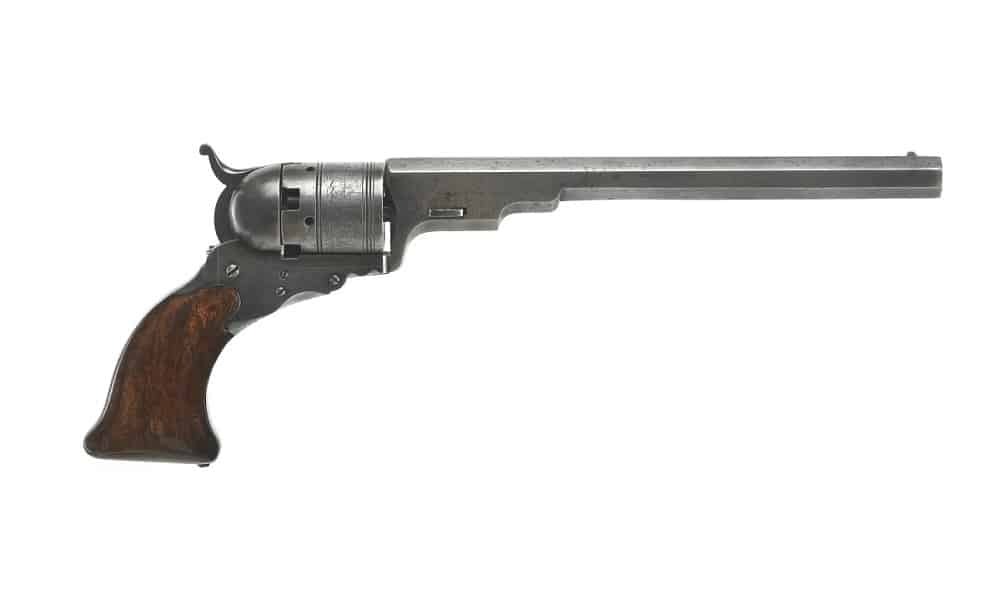
Colt Paterson Revolver: The Pioneering Legacy of an American Icon
The Colt Paterson revolver stands as one of the most significant milestones in firearms history, marking the birth of the modern revolving firearm. Samuel Colt’s early revolver was not just a weapon; it was a revolutionary concept that redefined personal armament. From its origins in the 1830s to its pivotal role in shaping American frontier warfare, the Colt Paterson’s legacy is indelible.
Origins and Development: A Vision Realized
Samuel Colt, born in Hartford, Connecticut, in 1814, was fascinated by mechanical design from an early age. The widely cited story of his inspiration from a ship’s capstan is a popular anecdote, but more substantial evidence suggests he was influenced by preexisting revolving firearm designs such as Elisha Collier’s flintlock revolver, patented in England in 1818. Collier’s revolver, while innovative, required manual rotation of the cylinder, a flaw that limited its practicality.
Colt envisioned a firearm in which the cylinder rotated and locked automatically with each cocking of the hammer. By 1836, he had secured U.S. Patent No. 9430X for his "revolving gun." That same year, he founded the Patent Arms Manufacturing Company in Paterson, New Jersey, giving rise to what would become one of the most influential firearms companies in the world.
Manufacturing and Models
The Colt Paterson revolver underwent several iterations, the most notable of which include:
- No. 1 Pocket Model (.28 caliber) – A small, five-shot revolver suitable for personal defense.
- No. 2 Belt Model (.31 caliber) – A medium-sized revolver offering more power and range.
- No. 3 Belt Model (.34 caliber) – Similar to the No. 2 but chambered in a slightly larger caliber.
- No. 5 Texas Model (.36 caliber) – The most famous and widely used version, favored by the Texas Rangers.
One of the defining features of the Paterson revolver was its folding trigger, which extended only when the hammer was cocked. This streamlined the design but also made rapid firing difficult. Additionally, early models lacked a loading lever, requiring users to disassemble the firearm for reloading—a cumbersome process that was later improved in Colt’s subsequent revolvers.
Production Challenges and Bankruptcy
Despite its innovative design, the Colt Paterson struggled commercially. The revolvers were expensive to produce, and without a major government contract, sales were limited. Between 1836 and 1842, an estimated 2,400 to 2,850 revolvers were manufactured. By 1842, the Patent Arms Manufacturing Company went bankrupt, forcing Colt to abandon production temporarily.
However, the seeds of success had already been sown. In 1844, Captain John Coffee "Jack" Hays and a group of Texas Rangers engaged in a skirmish with Comanche warriors. Armed with Colt Paterson revolvers, the Rangers demonstrated the devastating effectiveness of multiple rapid shots in combat. This encounter cemented the revolver’s reputation and led to increased demand.
Ammunition and Performance
The Colt Paterson was a cap-and-ball revolver, meaning it did not use metallic cartridges like modern firearms. Instead, shooters had to load each chamber with black powder, place a lead ball on top, and then secure a percussion cap onto the rear nipple of each chamber.
Ballistics Data:
- .28 caliber variant: Fired a round ball weighing approximately 50 grains, propelled by 10-15 grains of black powder, with a muzzle velocity around 700-850 fps.
- .36 caliber (Texas Model): Used a 80-90 grain lead ball, with 15-25 grains of black powder, achieving muzzle velocities between 800-1,000 fps.
While reloading was labor-intensive, the advantage of multiple shots before reloading gave users a significant edge over single-shot firearms.
Adoption and Impact
Though initially overlooked, the Colt Paterson found favor among the Texas Rangers, who played a pivotal role in popularizing the revolver. Samuel Colt’s fortunes changed dramatically in 1847 when he collaborated with Captain Samuel H. Walker of the U.S. Army to create the Colt Walker revolver, an improved and more powerful version of the Paterson.
The success of the Colt Walker led to a resurgence of Colt’s business, ultimately culminating in the Colt Dragoon series, the Colt 1851 Navy, and later, the legendary Colt Single Action Army. Each of these firearms built upon the foundational principles established by the Paterson.
Mechanical Innovations and Competitors
While Colt’s revolver was groundbreaking, it was not without competition. Pepperbox revolvers, which featured multiple rotating barrels, were popular for their ability to fire multiple shots. However, their inherent design flaws, such as misfires and inaccuracy, gave the Colt design a clear advantage.
European firearms like the Adams Revolver (introduced in the 1850s) also presented alternatives, but by then, Colt had firmly established himself as the leading revolver manufacturer.
Evolution of Colt’s Revolver Designs:
- Colt Walker (1847) – Improved upon the Paterson by adding a loading lever and a stronger frame.
- Colt Dragoon (1848-1860) – Reduced the Walker’s excessive weight while maintaining firepower.
- Colt 1851 Navy (1851-1873) – Balanced and refined, this revolver became the sidearm of choice for many military and civilian users.
Legacy of the Colt Paterson
The Colt Paterson was the first commercially viable repeating revolver, laying the groundwork for future firearms development. Although its production run was short-lived, its impact on firearms technology was profound.
Key Contributions to Firearms History:
- First mass-produced revolver with an automatic cylinder indexing mechanism.
- Introduced the folding trigger concept, influencing later designs.
- Proved the viability of repeating firearms in combat.
- Established Samuel Colt as a dominant force in the firearms industry.
Even today, the Colt Paterson remains a prized collector’s item, with original models commanding high prices at auctions. Its influence is evident in nearly every modern revolver, a testament to the ingenuity of Samuel Colt and his revolutionary vision.
Conclusion
The Colt Paterson revolver was more than just a firearm—it was a pioneering innovation that transformed the way people thought about personal defense and combat. Although financial struggles initially doomed its production, its battlefield effectiveness ensured that the revolver concept would endure. The lessons learned from the Paterson revolver directly contributed to the future success of Colt firearms, shaping the course of American history and firearms development for generations to come.
From its origins in Paterson, New Jersey, to its critical role in Texas Ranger history, the Colt Paterson remains one of the most significant firearms ever created. Its legacy endures not just in museums and collections but in every modern revolver that follows its groundbreaking design principles.
The Colt Paterson was the beginning of an era, and its influence still echoes through the world of firearms today.
Read more here:
Discussions on Colt Firearms can be found here.
If you know of any forums or sites that should be referenced on this listing, please let us know here.





